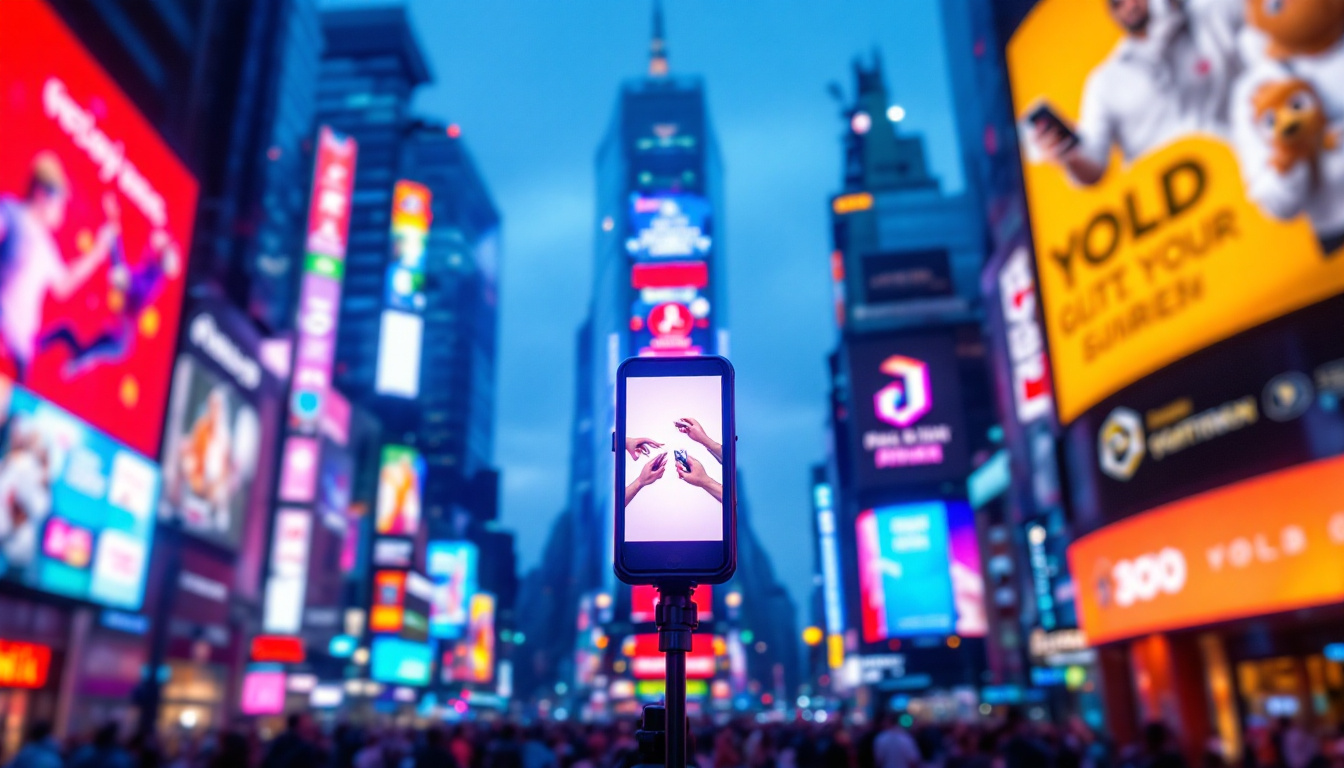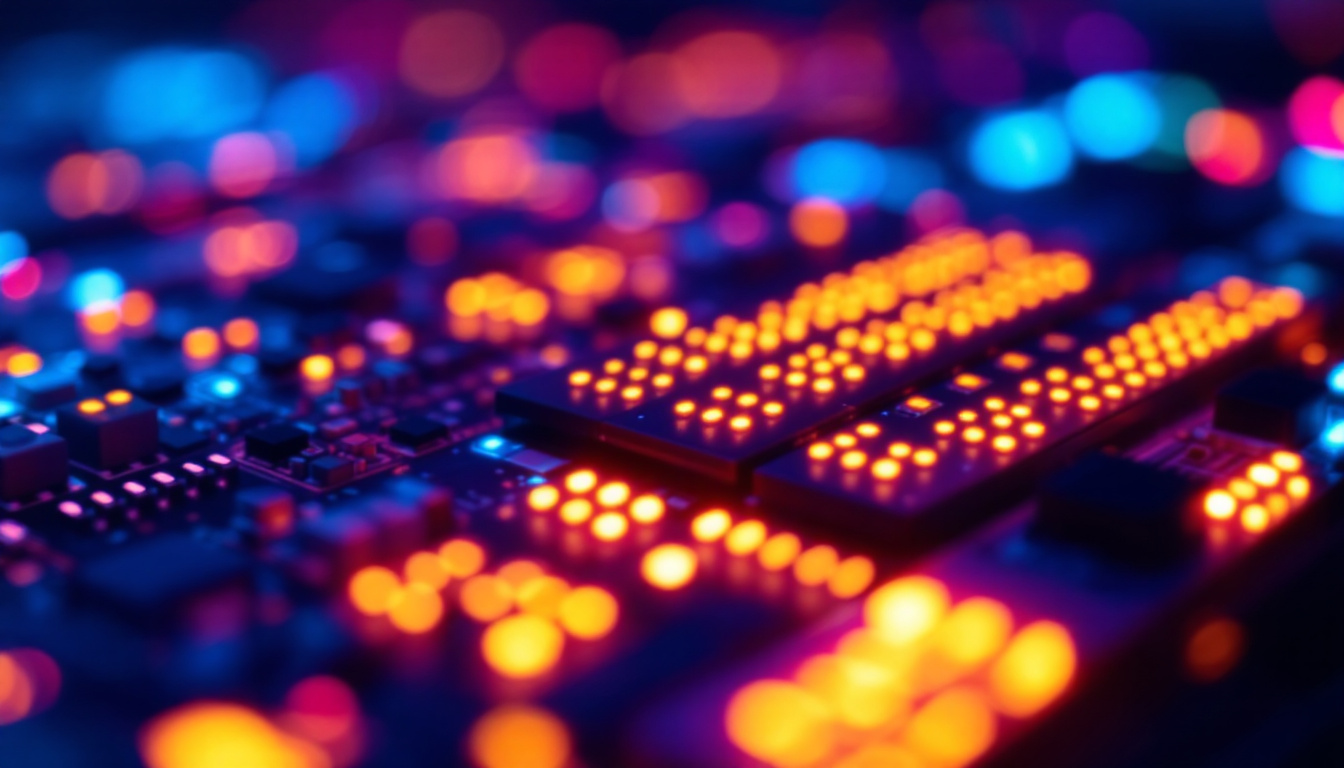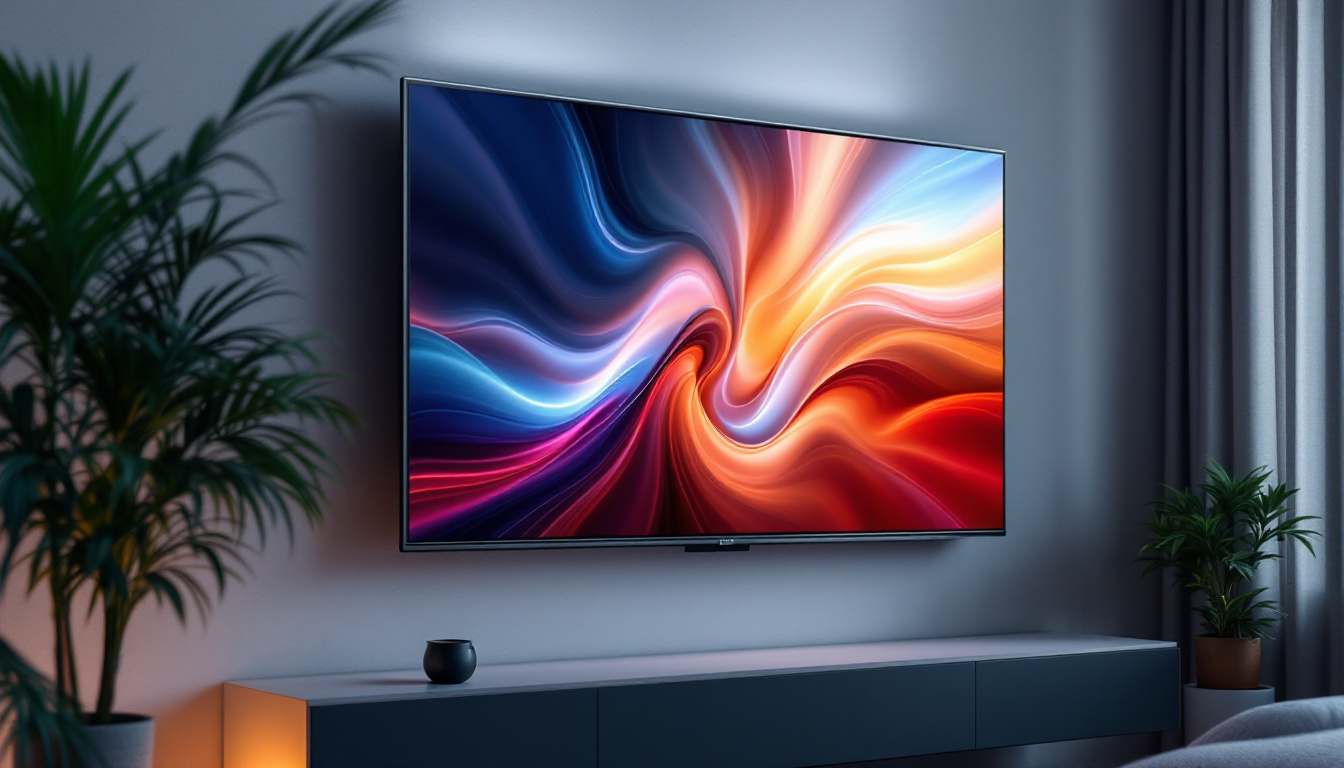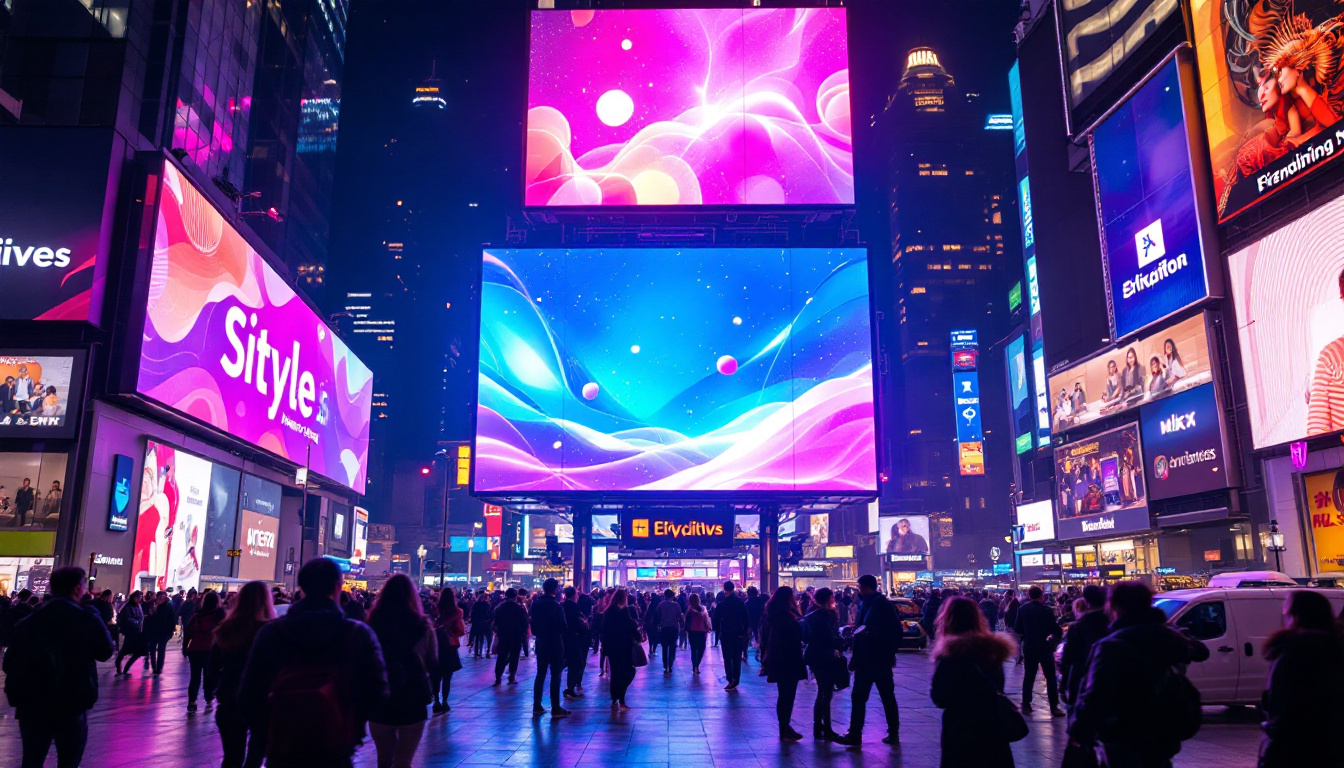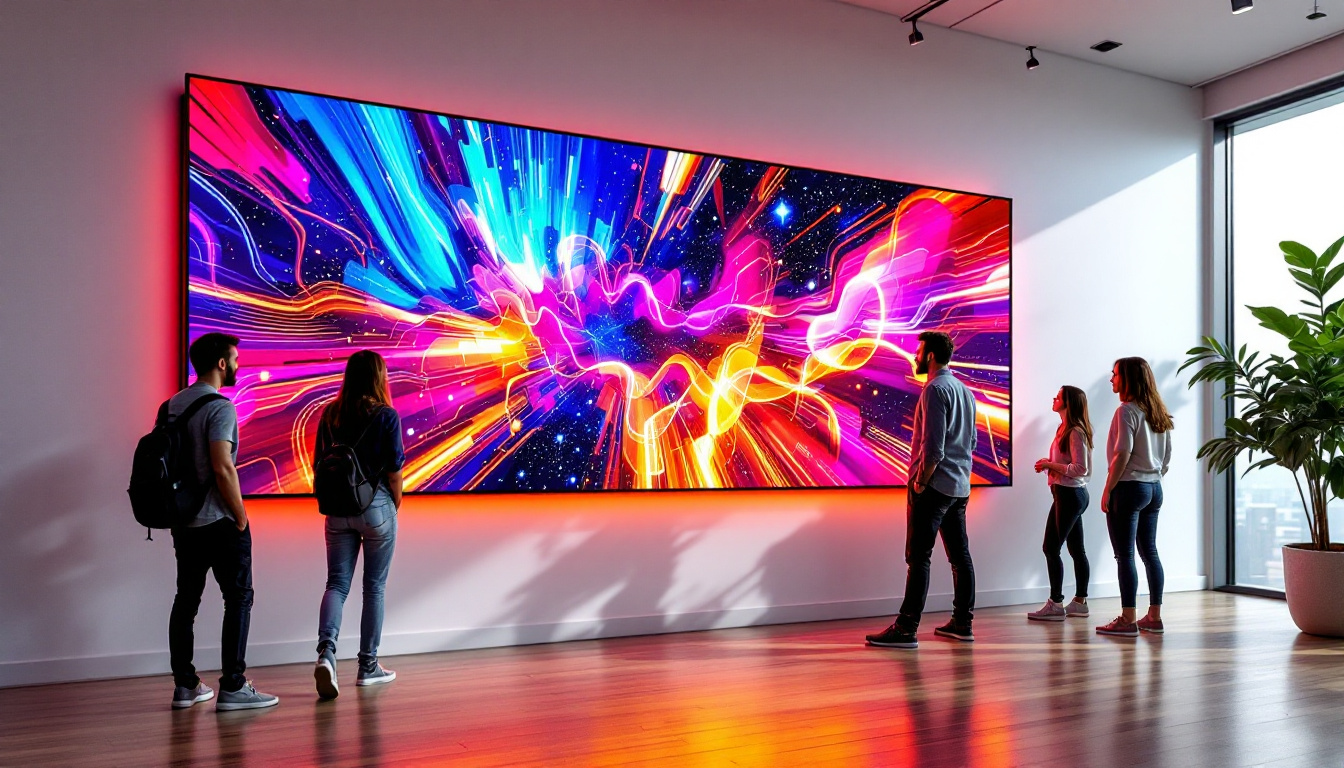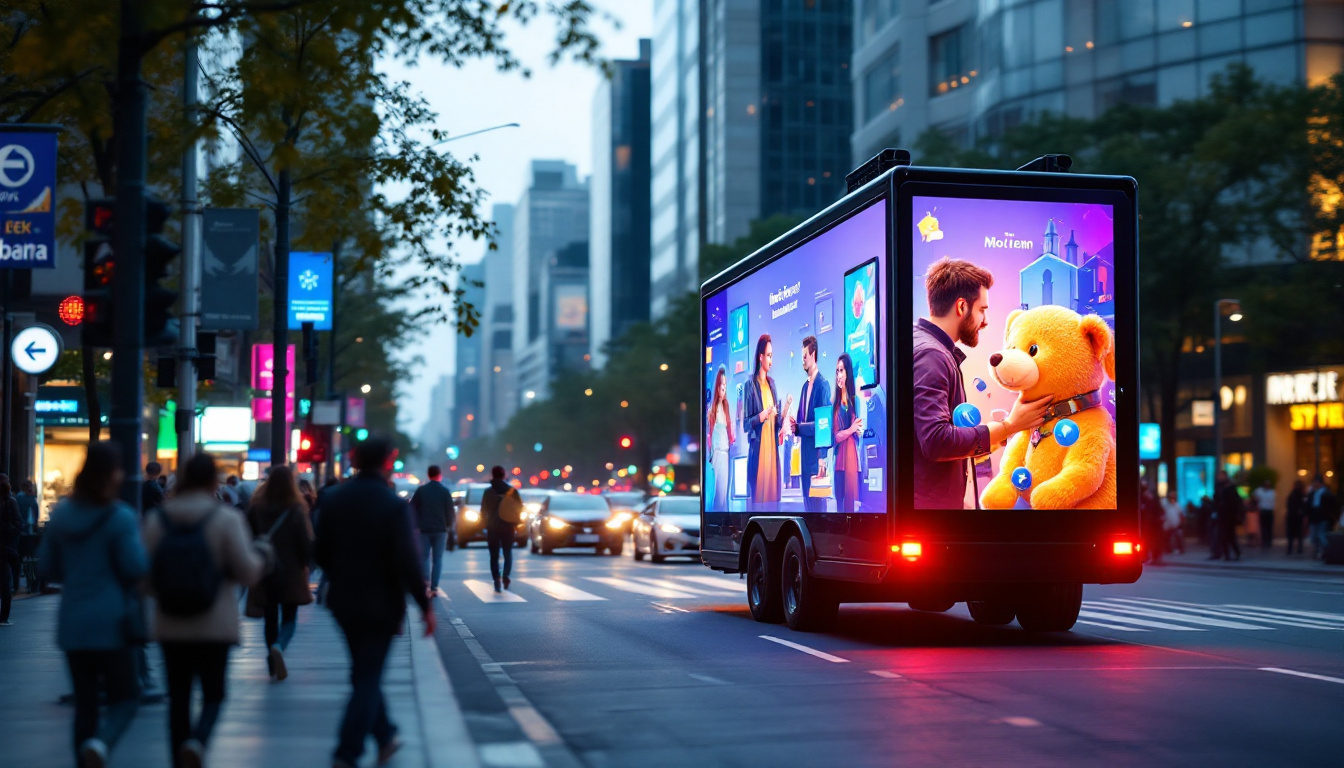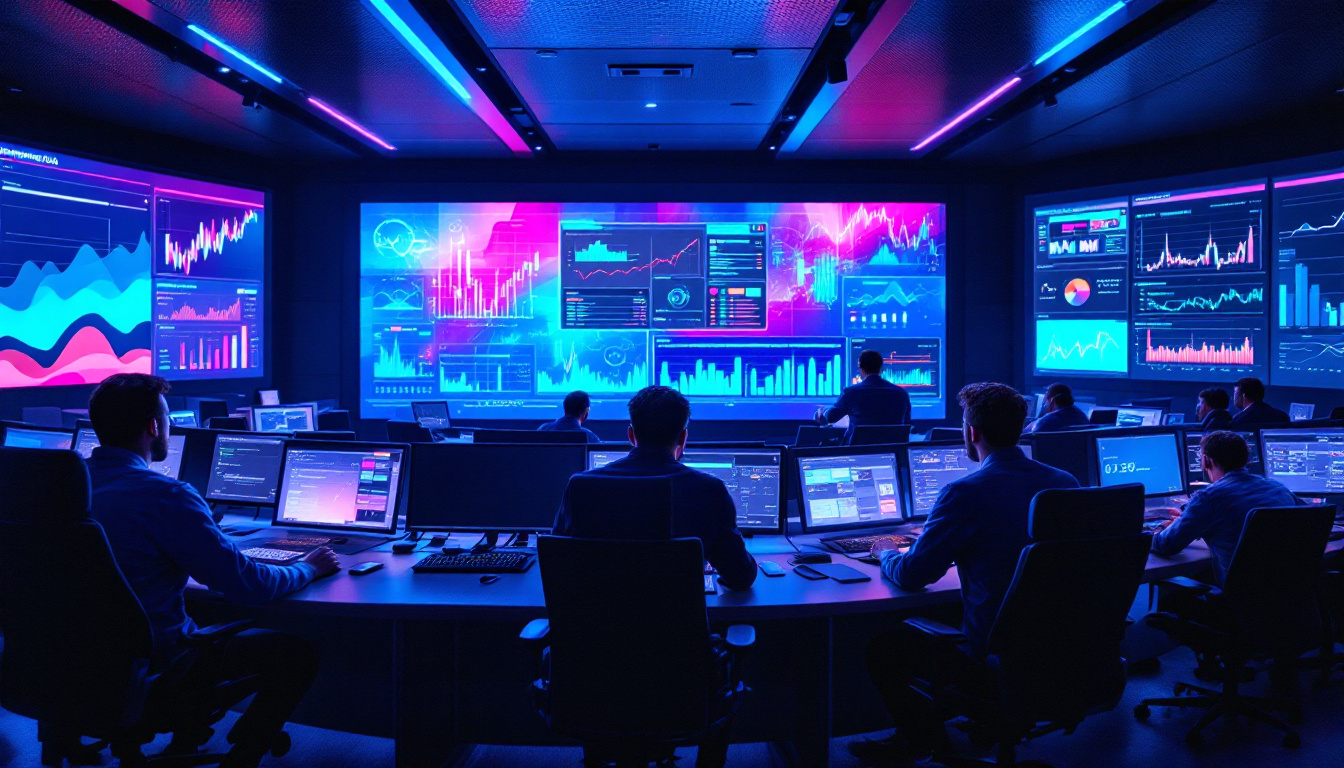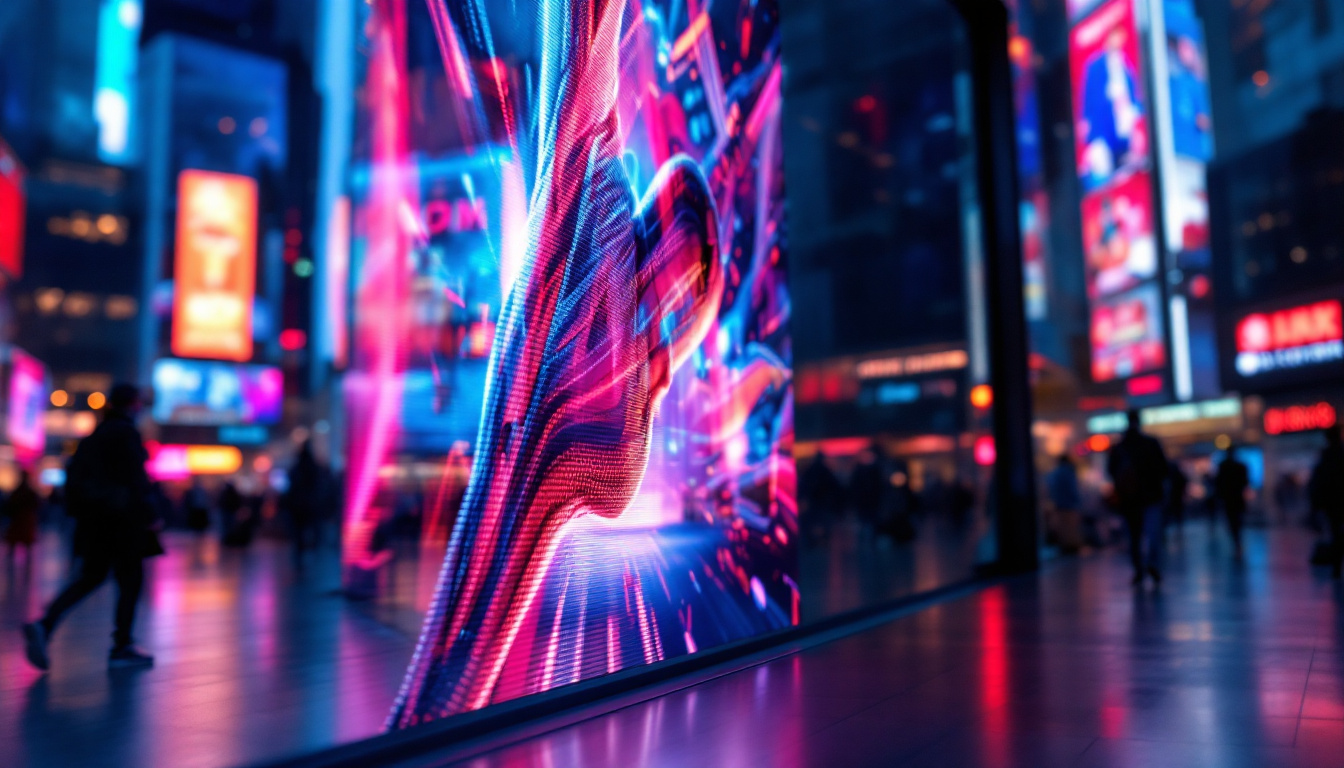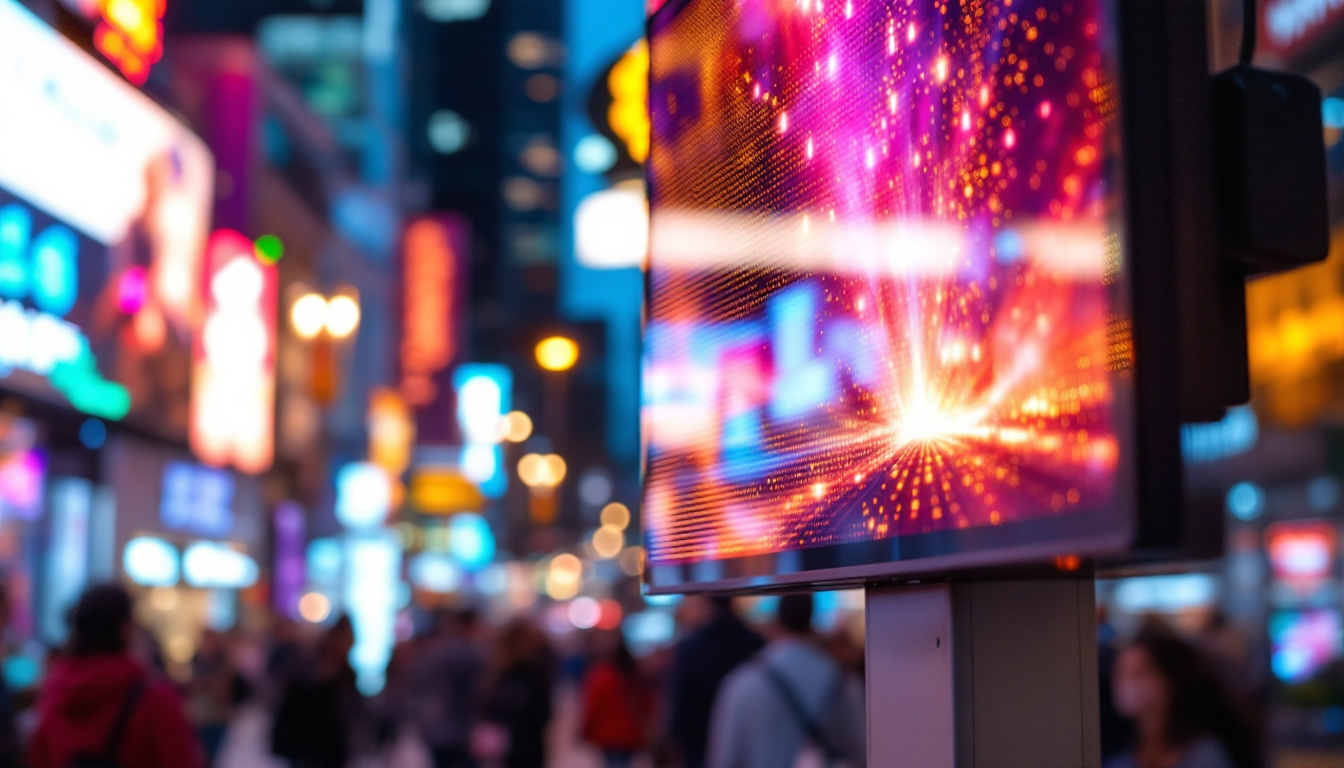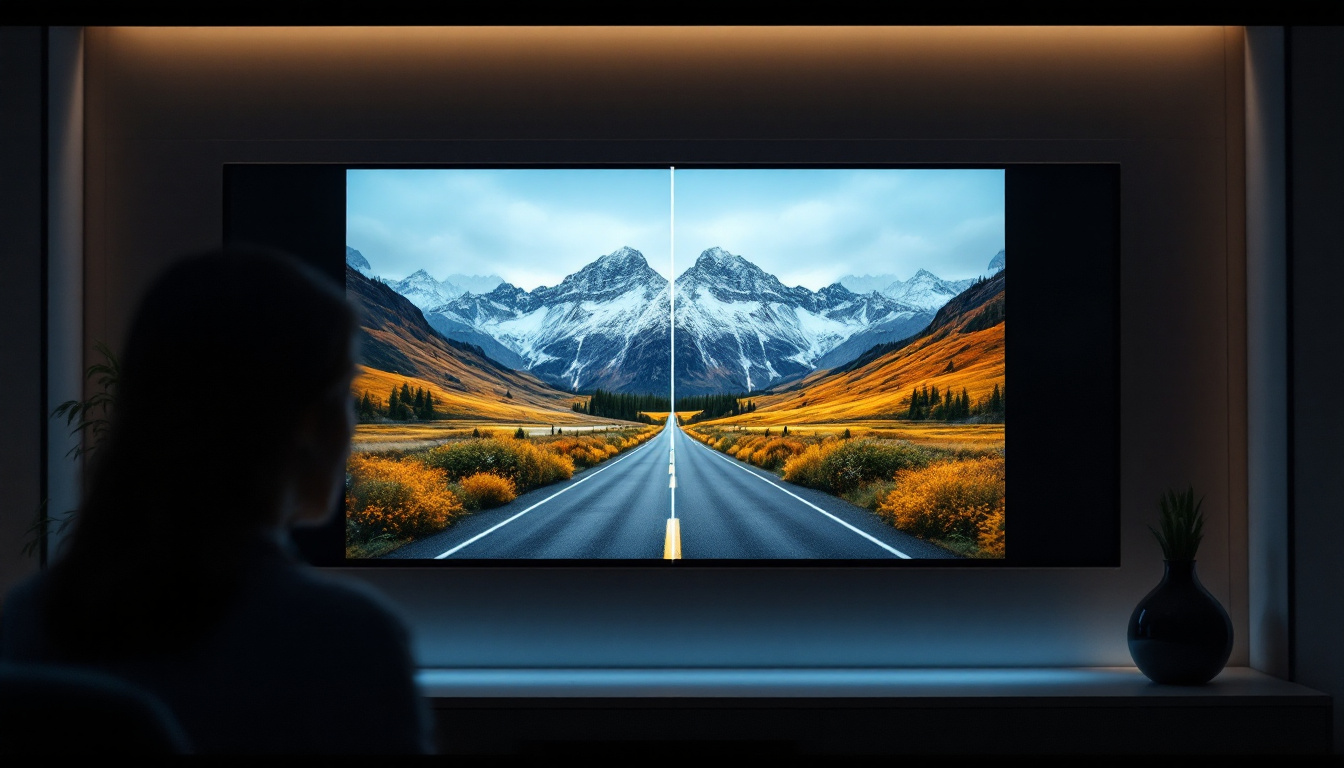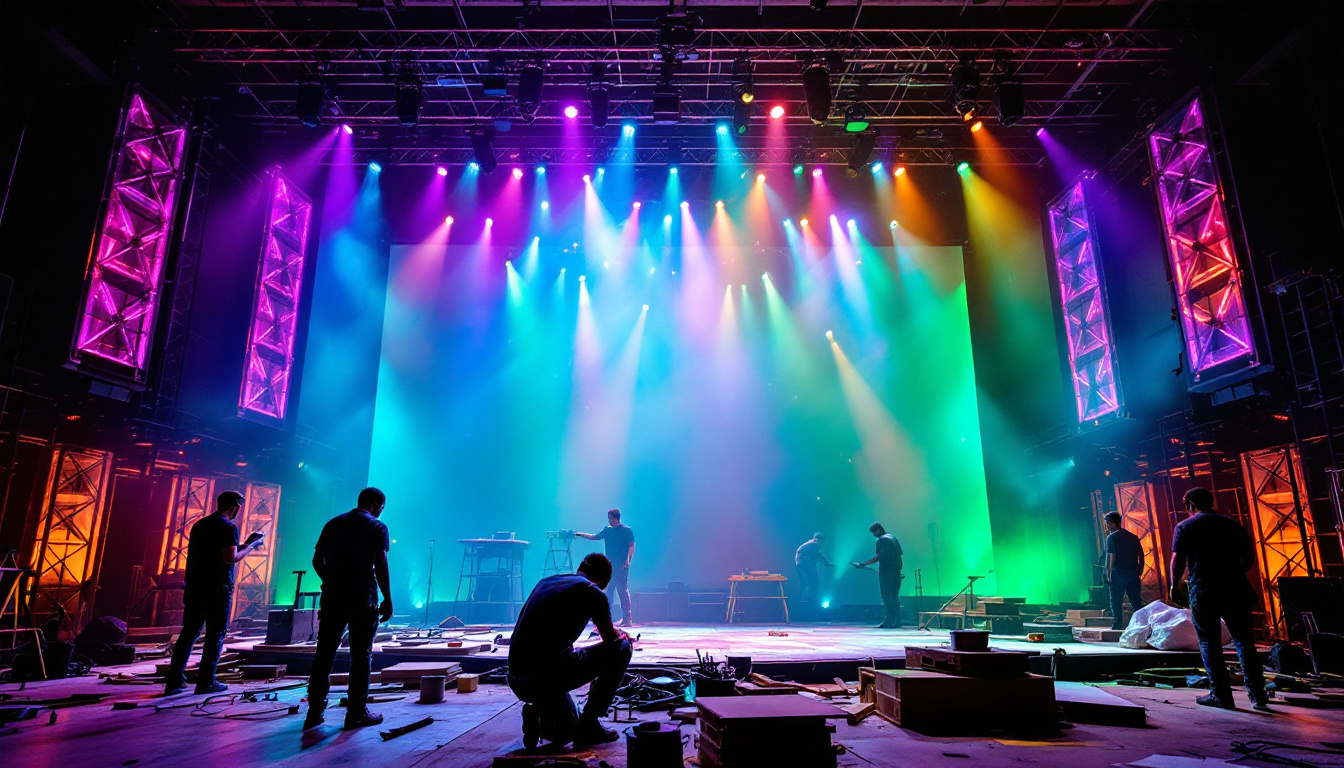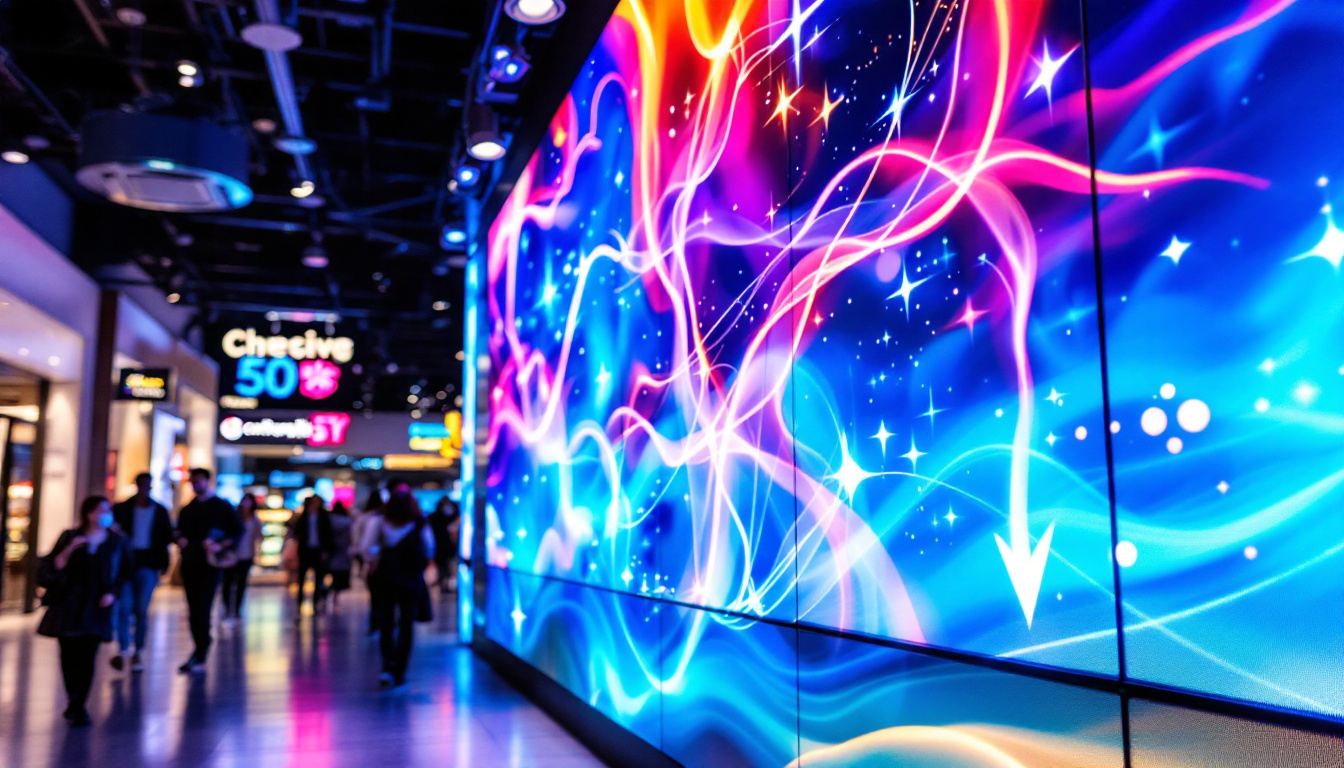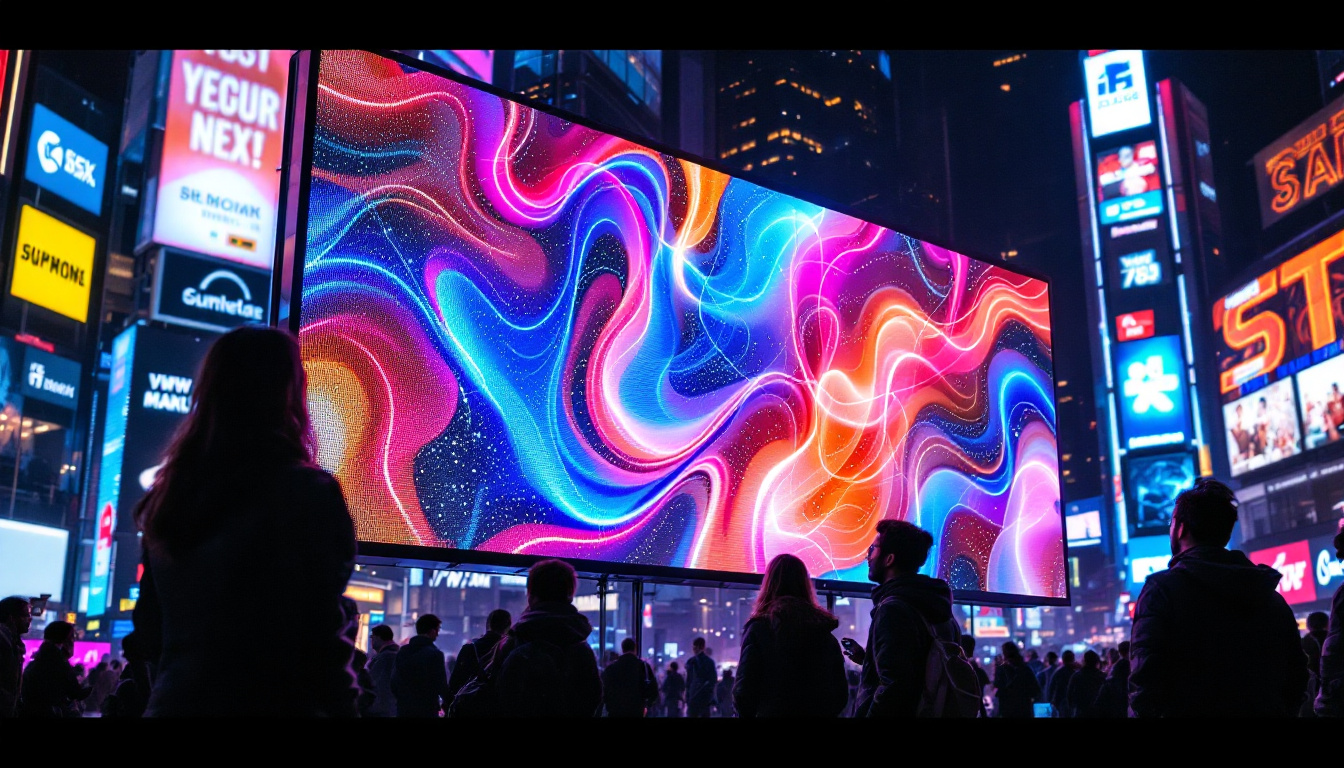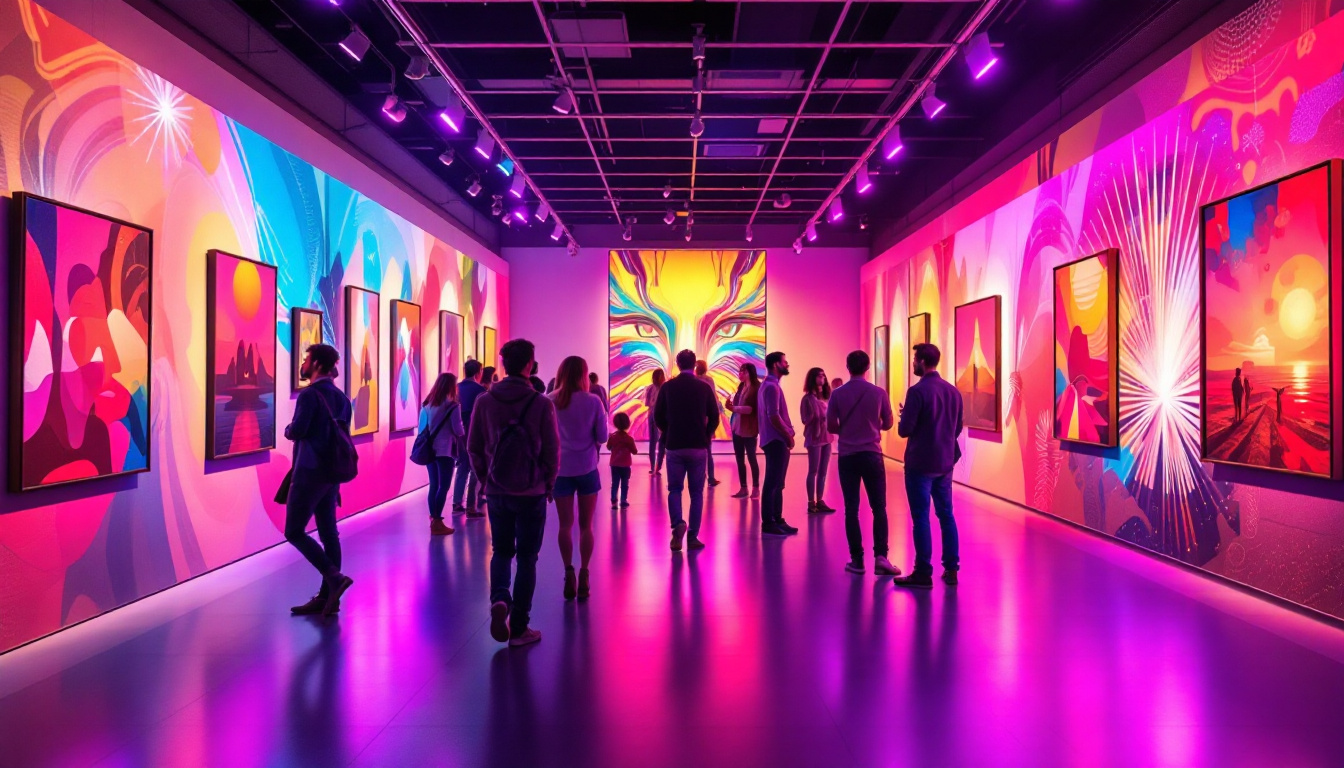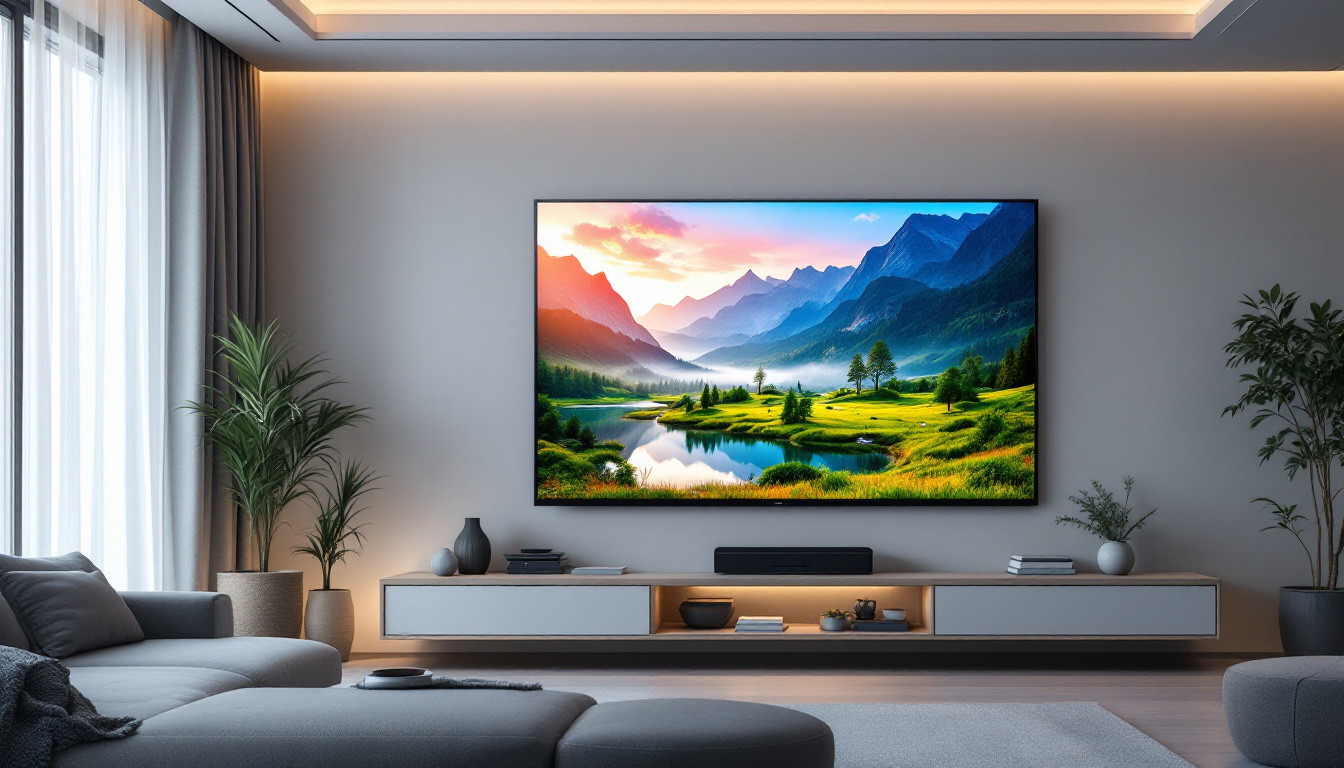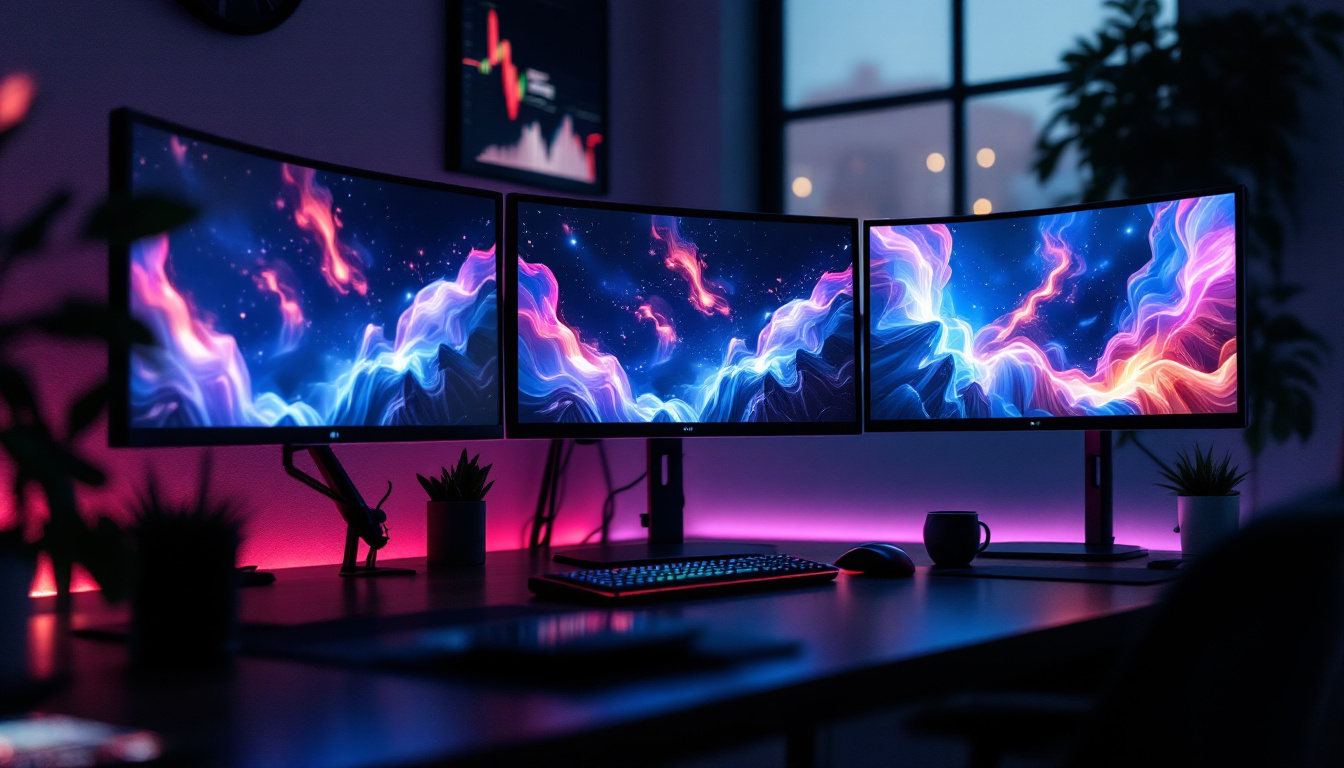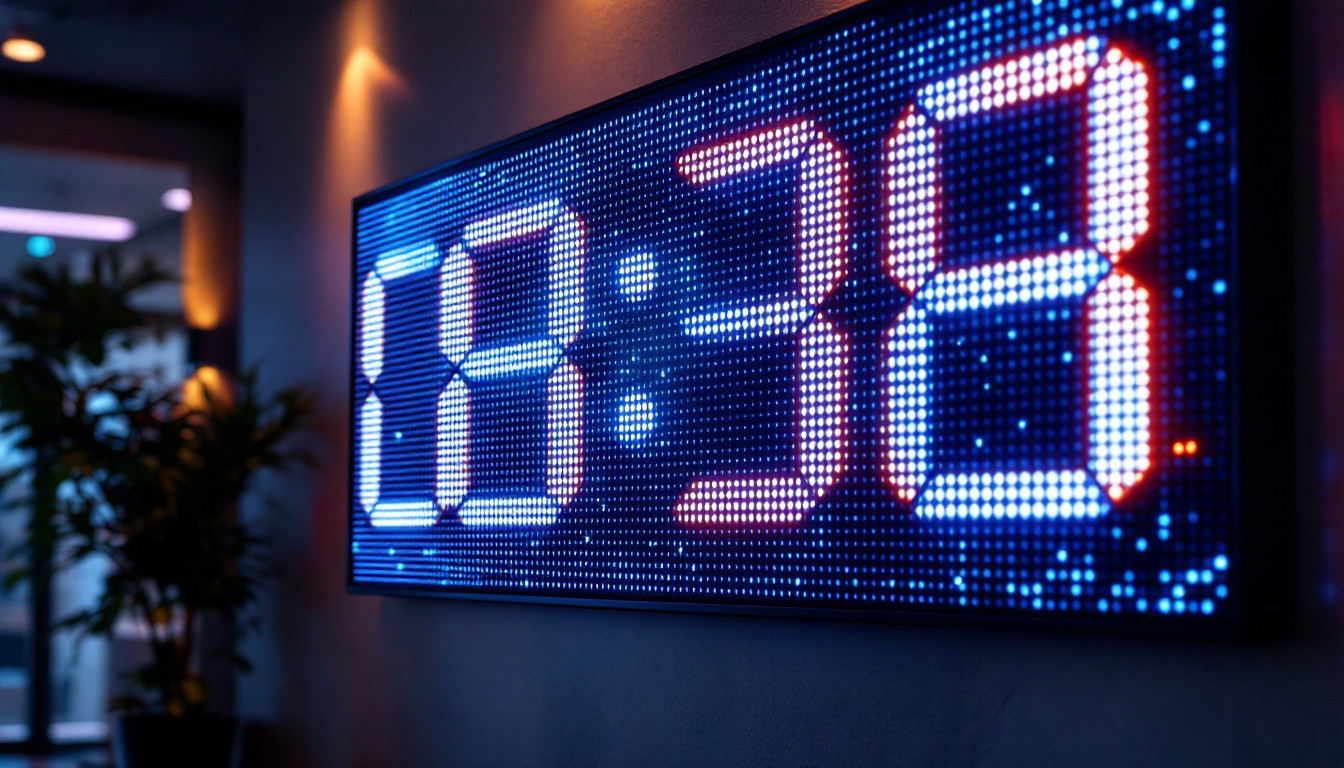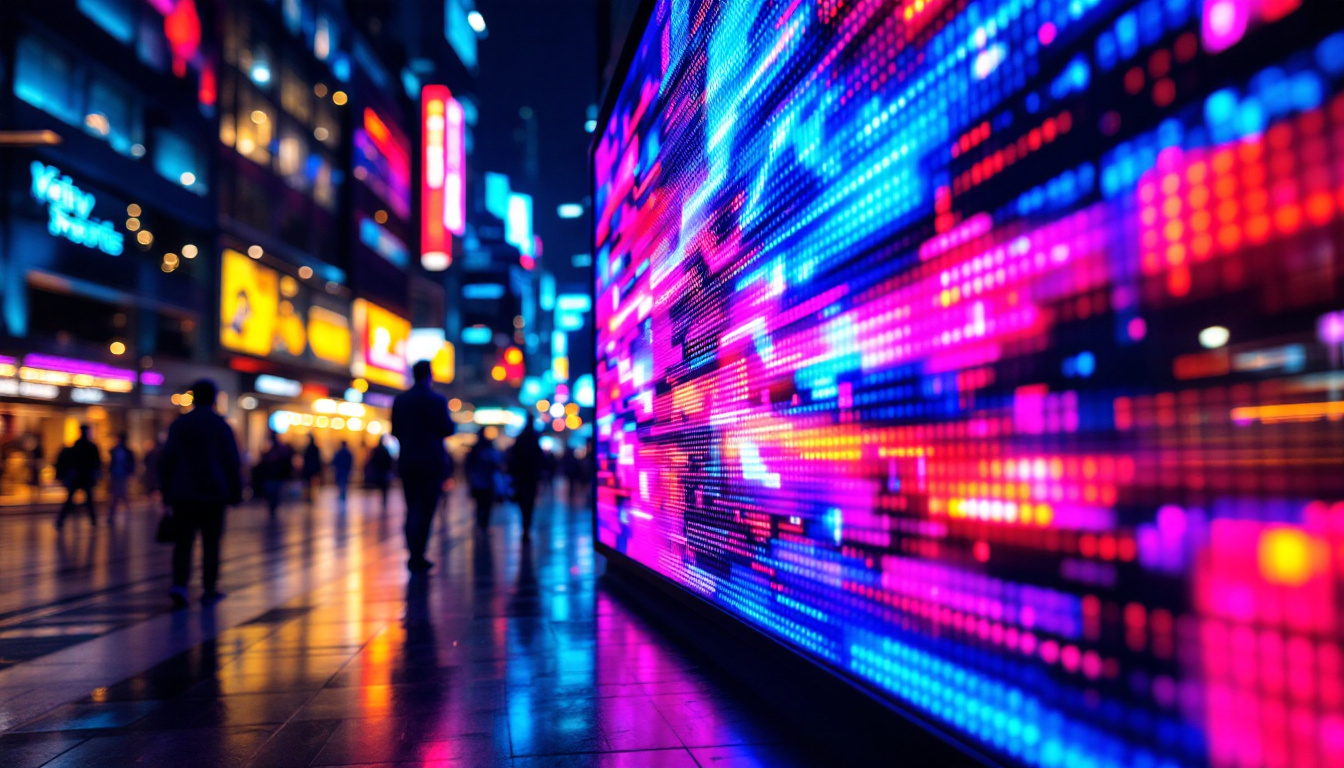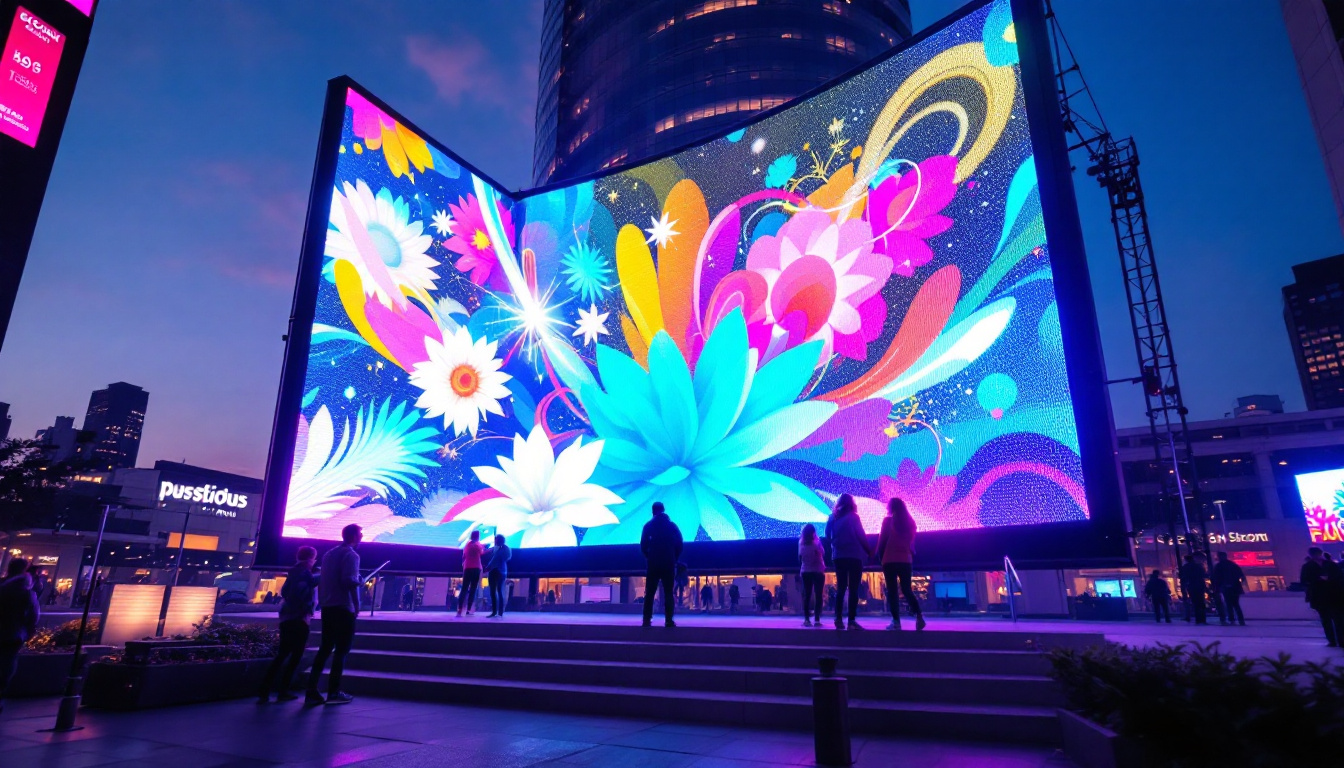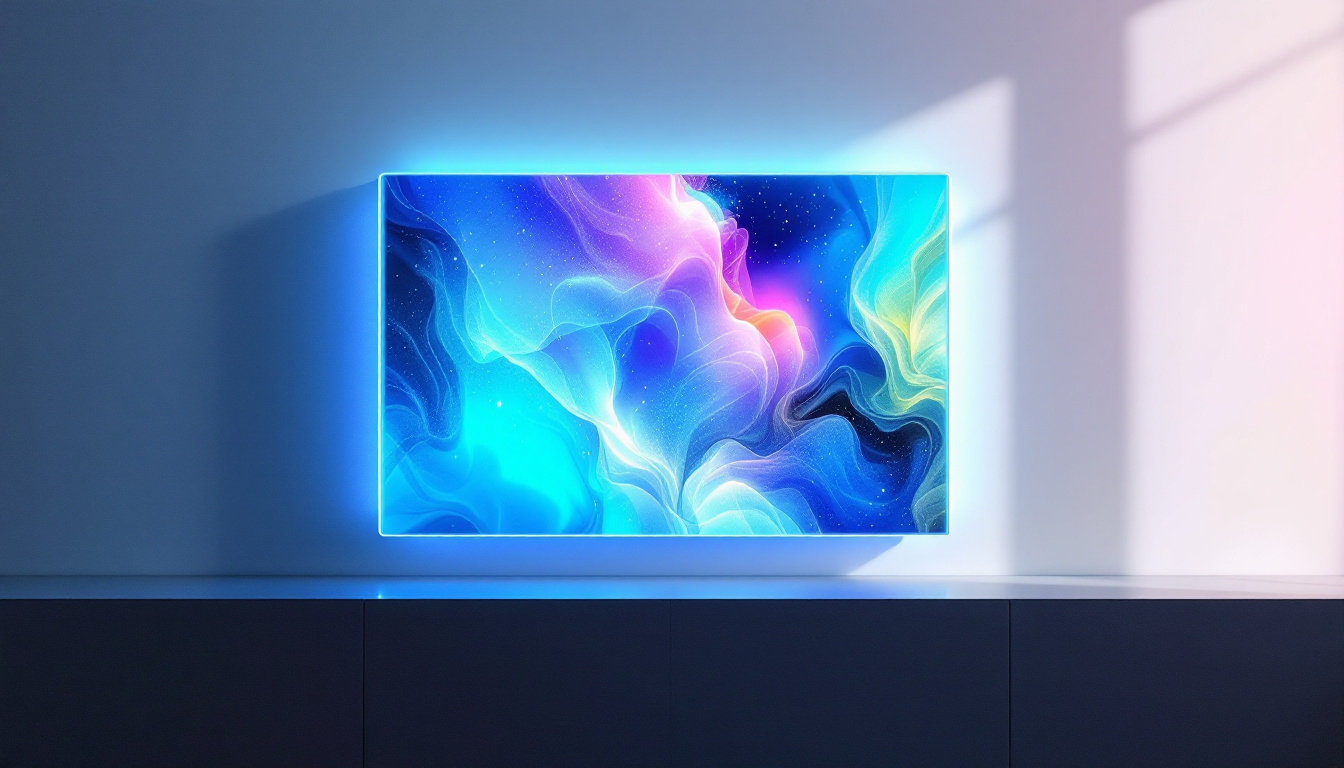In the modern world, advertising has evolved significantly, with digital screens taking center stage in capturing consumer attention. Among the various types of digital displays, LED (Light Emitting Diode) technology has emerged as a powerful tool for advertisers. This article delves into the intricacies of LED displays, their advantages, applications, and future trends, providing a comprehensive understanding of their role in advertising.
Understanding LED Technology
LED technology has revolutionized the way visuals are presented. By emitting light through semiconductor materials, LEDs provide a bright, energy-efficient alternative to traditional lighting methods. This technology is not only used in everyday devices but has also found a significant niche in advertising. The longevity of LED lights, which can last up to 25 times longer than incandescent bulbs, means that businesses can save on replacement costs and reduce waste, making them a more sustainable choice for the environment.
The Basics of LED Displays
LED displays consist of numerous small light-emitting diodes that work together to create images and videos. These displays can be categorized into two main types: indoor and outdoor. Indoor LED displays are typically used in shopping malls, airports, and conference centers, while outdoor displays are designed to withstand environmental elements, making them ideal for billboards and public spaces. The versatility of LED technology allows for dynamic content that can be updated in real-time, offering advertisers the ability to tailor their messages based on audience engagement or specific events.
The resolution of an LED display is determined by the pixel pitch, which is the distance between the centers of two adjacent pixels. A smaller pixel pitch results in higher resolution, allowing for more detailed images. This is crucial for advertising, as clarity and detail can significantly impact viewer engagement. Moreover, advancements in LED technology have led to the development of high-definition displays that can support 4K and even 8K resolutions, providing an unparalleled viewing experience that captures the attention of passersby.
Types of LED Displays
LED displays come in various forms, each tailored for specific advertising needs. Common types include:
- Full-color LED Displays: These displays can reproduce a wide range of colors, making them ideal for vibrant advertisements.
- Monochrome LED Displays: Typically used for text-based information, these displays are cost-effective and suitable for simple messaging.
- Transparent LED Displays: These innovative displays allow light to pass through, making them perfect for window advertisements without obstructing visibility.
Additionally, there are curved LED displays that can create immersive experiences in retail environments, allowing brands to engage customers in a more interactive way. These displays can be seamlessly integrated into architectural designs, enhancing the aesthetic appeal of a space while delivering captivating content. Furthermore, advancements in flexible LED technology have paved the way for displays that can be bent or shaped to fit unconventional surfaces, providing even more creative opportunities for advertisers looking to stand out in a crowded marketplace.
Advantages of LED Displays in Advertising
LED displays offer numerous advantages that make them a preferred choice for advertisers. Their unique characteristics contribute to increased visibility, engagement, and overall effectiveness in conveying messages.
High Visibility and Brightness
One of the most significant advantages of LED displays is their brightness. Unlike traditional displays, LEDs can be easily seen in direct sunlight, making them ideal for outdoor advertising. This high visibility ensures that advertisements can reach a broader audience, regardless of the time of day or weather conditions.
Moreover, the vibrant colors produced by LED technology capture attention more effectively than static displays. This capability is crucial in crowded environments where numerous advertisements compete for consumer attention.
Energy Efficiency and Longevity
LED displays are known for their energy efficiency. They consume significantly less power compared to traditional lighting solutions, which not only reduces operational costs but also minimizes environmental impact. This energy efficiency is particularly beneficial for businesses looking to enhance their sustainability efforts.
In addition to being energy-efficient, LED displays have a long lifespan. Many LED screens can last up to 100,000 hours, translating to several years of continuous use. This durability makes them a wise investment for advertisers, as they require less frequent replacement and maintenance.
Dynamic Content Capabilities
One of the standout features of LED displays is their ability to showcase dynamic content. Advertisers can easily update their messaging, rotate advertisements, and even display real-time information such as weather updates or social media feeds. This flexibility allows brands to engage with their audience in a more interactive and relevant manner.
Furthermore, the ability to change content quickly means that advertisers can respond to current events or trends, ensuring their messaging remains timely and impactful.
Applications of LED Displays in Advertising
The versatility of LED displays has led to their widespread adoption across various advertising sectors. From retail to transportation, these displays serve numerous purposes, enhancing brand visibility and consumer engagement.
Retail Advertising
In retail environments, LED displays are used to promote products, sales, and events. Placed strategically within stores or in storefronts, these displays can attract customers and influence purchasing decisions. The dynamic nature of LED content allows retailers to highlight limited-time offers or seasonal promotions effectively.
Additionally, interactive LED displays can enhance the shopping experience. Touchscreen capabilities enable customers to browse products, access information, and even make purchases directly from the display, creating a seamless integration of online and offline shopping.
Transportation Hubs
Airports, train stations, and bus terminals have increasingly adopted LED displays for advertising. These high-traffic areas present unique opportunities for brands to reach a captive audience. Digital billboards and information screens can provide travelers with advertisements, directions, and real-time updates, ensuring that the messaging is both relevant and timely.
Moreover, the ability to change advertisements frequently allows for targeted campaigns based on the time of day or specific events, maximizing the impact of the advertising efforts.
Event Marketing
During events such as concerts, festivals, and sports games, LED displays play a crucial role in advertising and communication. Large LED screens can display advertisements, sponsor logos, and event information to thousands of attendees, enhancing brand visibility.
Furthermore, LED displays can be used to create immersive experiences. For instance, LED walls can be integrated into stage designs, providing dynamic backdrops that enhance performances and engage audiences on multiple sensory levels.
Challenges of LED Displays in Advertising
While LED displays offer numerous benefits, they are not without challenges. Advertisers must navigate various factors to ensure the successful implementation of LED technology.
Initial Investment Costs
The initial cost of purchasing and installing LED displays can be significant. Although the long-term savings on energy and maintenance can offset these costs, the upfront investment may deter some businesses, especially small enterprises. Careful budgeting and planning are essential to ensure that the benefits outweigh the initial expenditures.
Content Management
Managing content on LED displays can be complex, particularly for businesses with multiple locations or displays. Effective content management systems (CMS) are necessary to ensure that advertisements are updated regularly and remain relevant. Without a robust CMS, advertisers risk displaying outdated information, which can negatively impact brand perception.
Additionally, creating engaging content that resonates with the target audience can be a challenge. Advertisers must invest time and resources into developing high-quality visuals and messaging that effectively convey their brand story.
Regulatory Considerations
LED advertising is subject to various regulations, which can vary by location. Advertisers must ensure compliance with local laws regarding signage, brightness levels, and content restrictions. Failure to adhere to these regulations can result in fines or the removal of displays, making it essential for businesses to stay informed about the legal landscape.
The Future of LED Displays in Advertising
The future of LED displays in advertising is promising, with ongoing advancements in technology and growing consumer expectations shaping the landscape. As businesses continue to explore innovative ways to engage their audiences, LED displays will play a pivotal role.
Integration with Augmented Reality (AR) and Virtual Reality (VR)
As AR and VR technologies gain traction, the integration of these immersive experiences with LED displays is likely to become more prevalent. Advertisers can create interactive campaigns that blend the physical and digital worlds, allowing consumers to engage with brands in entirely new ways.
For instance, an AR-enabled LED display could allow users to visualize products in their own environment, enhancing the decision-making process and increasing the likelihood of purchase.
Smart Technology and Data Analytics
The rise of smart technology and data analytics will further enhance the effectiveness of LED advertising. By leveraging data on consumer behavior and preferences, advertisers can tailor their messaging to specific audiences, improving engagement and conversion rates.
Additionally, smart LED displays equipped with sensors can adapt their content based on real-time factors, such as weather conditions or foot traffic, ensuring that advertisements remain relevant and impactful.
Sustainability Initiatives
As sustainability becomes a priority for consumers and businesses alike, the demand for eco-friendly advertising solutions will continue to grow. LED displays, with their energy efficiency and long lifespan, align well with these sustainability initiatives. Advertisers can promote their commitment to environmental responsibility by utilizing LED technology, appealing to a growing segment of environmentally conscious consumers.
Conclusion
LED displays have transformed the advertising landscape, offering unparalleled visibility, dynamic content capabilities, and energy efficiency. As businesses continue to embrace digital screens for advertising, understanding the nuances of LED technology will be crucial for maximizing impact and achieving marketing goals.
Despite the challenges associated with initial costs and content management, the benefits of LED displays far outweigh the drawbacks. With ongoing advancements in technology and a focus on sustainability, the future of LED advertising looks bright. As brands seek innovative ways to connect with their audiences, LED displays will undoubtedly remain a key player in the ever-evolving world of advertising.
Illuminate Your Brand with LumenMatrix
Step into the future of advertising with LumenMatrix’s comprehensive range of LED display solutions. As a pioneer in LED display technology, LumenMatrix is committed to elevating your brand’s presence and creating immersive visual narratives. Whether you’re looking for Indoor LED Walls, Outdoor Displays, or specialized solutions like Vehicle, Sports, or Floor LED Displays, LumenMatrix has the innovative products to bring your vision to life. Embrace the power of dynamic, energy-efficient LED displays and transform the way you communicate with your audience. Check out LumenMatrix LED Display Solutions today and make a lasting impression in the digital advertising world.

